On the occasion of the 95th anniversary of the founding of the Communist Party of Vietnam (February 3, 1930 - February 3, 2025), Professor Carl Thayer from the Australian Defense Force Academy, University of New South Wales, highly appreciated the leadership role of the Communist Party of Vietnam in the current national renovation process. In particular, he expressed his impression of the leadership of the late General Secretary Nguyen Phu Trong.
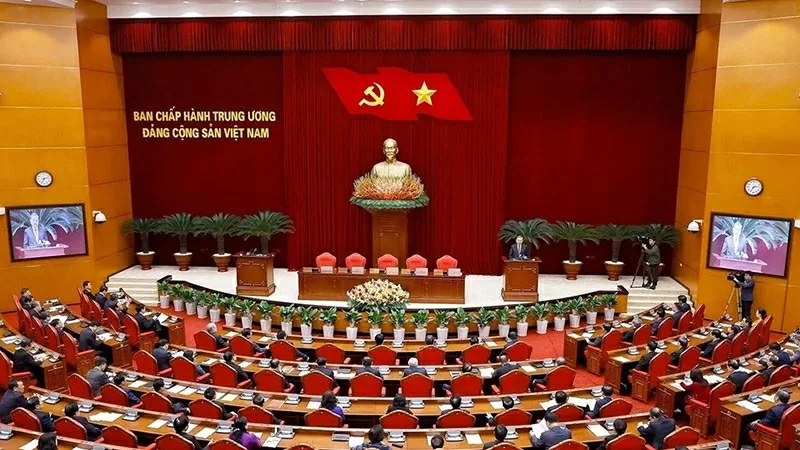 |
| The Party has determined that the country is standing on the threshold of a new era – the era of growth. (Photo: VNA) |
Professor Thayer emphasized that the late General Secretary Nguyen Phu Trong was successful in his role as Party leader when Vietnam continuously maintained a high growth rate, except during the COVID-19 pandemic in 2020-2021. Vietnam's economic growth rate averaged 5.5% from 2011-2023.
In addition, the late General Secretary Nguyen Phu Trong pursued the fight against corruption and negative phenomena, the Party building campaign, responded to the COVID-19 pandemic, and won international recognition for the Party's key role in foreign affairs.
The anti-corruption campaign led by late General Secretary Nguyen Phu Trong has made significant progress, raising Vietnam’s score in Transparency International’s “Corruption Perceptions Index” from 2.9 in 2011 to 41 in 2023. The “Corruption Perceptions Index” ranks more than 180 countries on a scale of 0 (highly corrupt) to 100 (very clean). Vietnam has risen from 112th to 83rd place in the 2011-2023 period.
According to Professor Thayer, corruption can be seen as a rust that erodes national strength by hindering state effectiveness and discouraging foreign investment. The fight against corruption is necessary but not sufficient to achieve Vietnam’s development goals. Vietnam needs to continue the fight against corruption while also streamlining the state apparatus to facilitate the modernization of the means of production, taking advantage of the Fourth Industrial Revolution such as technological innovation, digitalization, artificial intelligence and quantum computing.
The Party has identified that the country is on the threshold of a new era – the era of growth. Professor Carl Thayer believes that the goals that Vietnam has set for 2030 and 2045 are necessary to prevent the country from falling into the middle-income trap. The middle-income trap arises when the development strategy based on foreign investment reaches its limit, and a middle-income country is no longer able to compete internationally due to relatively high wages and low productivity. In other words, the factors that have led to Vietnam's current growth, such as labor-intensive manufacturing, are no longer enough to push income and productivity even higher.
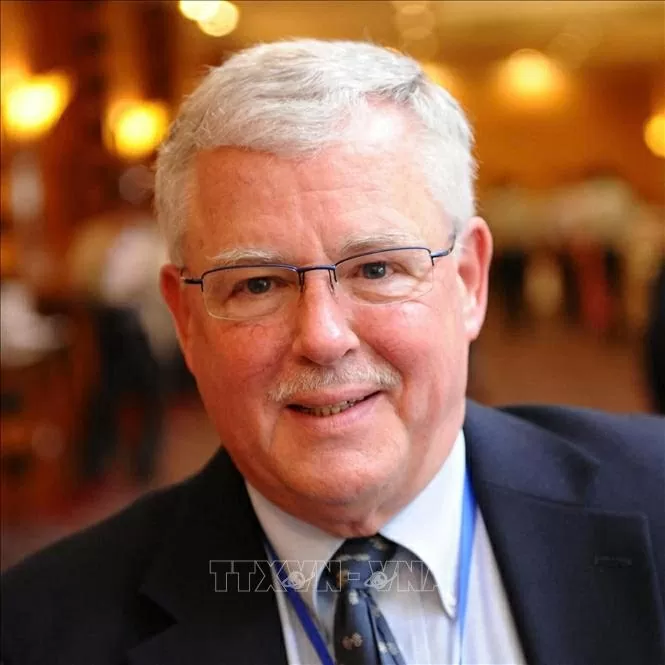 |
| Professor Carl Thayer from the Australian Defence Force Academy, University of New South Wales. (Photo: VNA) |
According to Professor Thayer, the current campaign to carry out a revolution to streamline the state apparatus of Vietnam will give the country the opportunity to develop enough capacity to change production relations to a highly concentrated technology. This is an opportunity to develop Vietnam's middle class and encourage domestic consumption.
At the same time, Vietnam has the opportunity to become a trusted “link” in the global supply chain for high-tech goods such as computer chips, solar panels and electric vehicles. Vietnam has the opportunity to take advantage of its growing network of Comprehensive Partners, Strategic Partners and Comprehensive Strategic Partners.
Professor Thayer pointed out that Vietnam faces many challenges in streamlining its apparatus, maintaining a unified commitment of the entire government to change, reforming bureaucratic structures to oversee commercial enterprises, labor relations and energy use, and seeking foreign investment to upgrade its human resources for the new technological era.
Finally, Vietnam must develop a highly skilled, technology-savvy workforce; develop well-integrated domestic value chains; proactively deepen regional trade integration; shift from labor-intensive to technology-intensive high-value manufacturing; and reduce carbon-intensive to low-carbon production activities.
Source







![[Photo] Cat Ba - Green island paradise](/_next/image?url=https%3A%2F%2Fvphoto.vietnam.vn%2Fthumb%2F1200x675%2Fvietnam%2Fresource%2FIMAGE%2F2025%2F12%2F04%2F1764821844074_ndo_br_1-dcbthienduongxanh638-jpg.webp&w=3840&q=75)
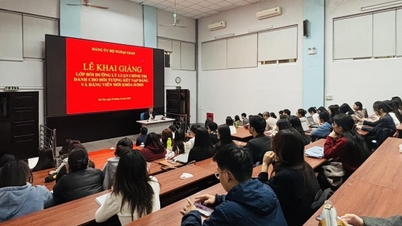
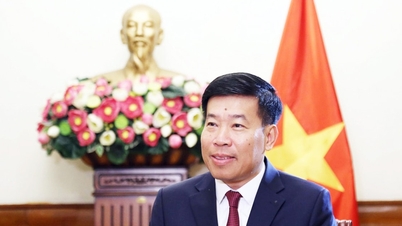

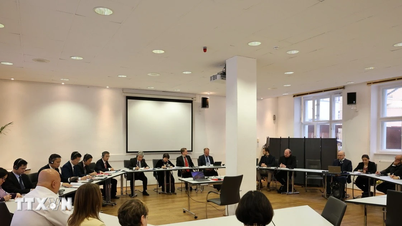

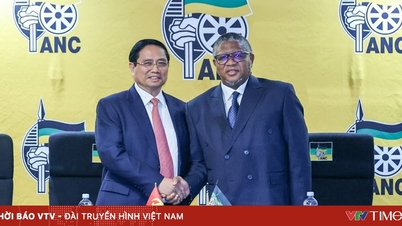

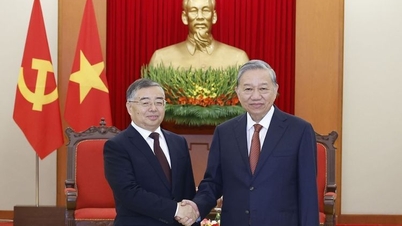

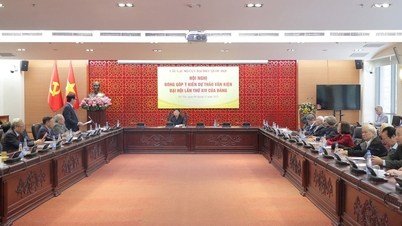


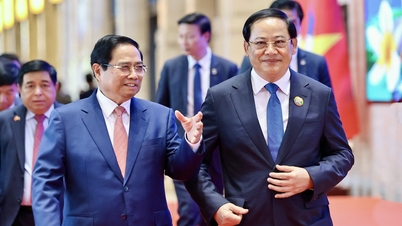

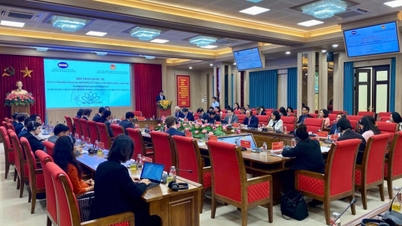


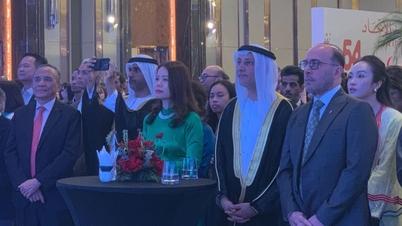




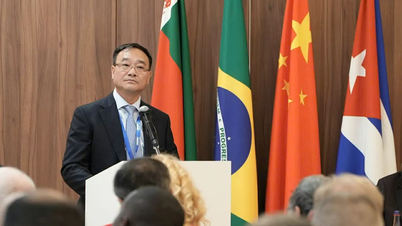
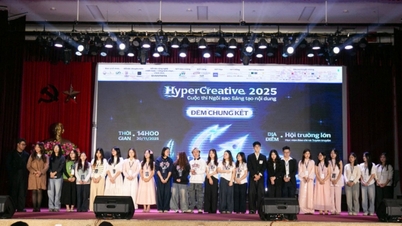
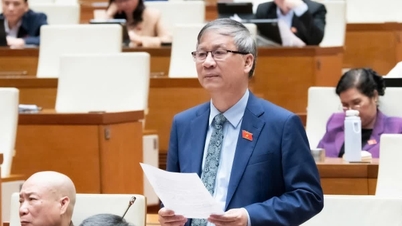
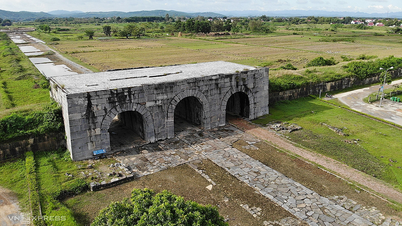
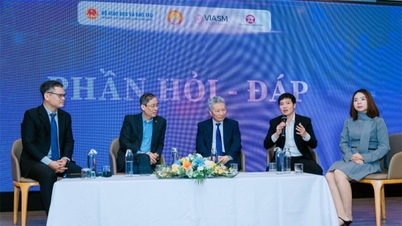
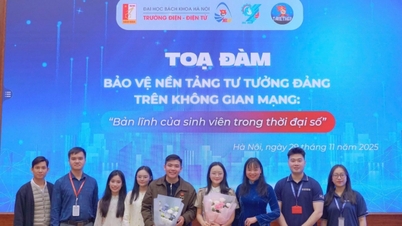



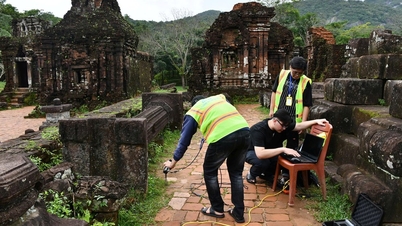

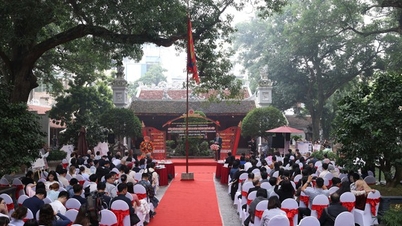












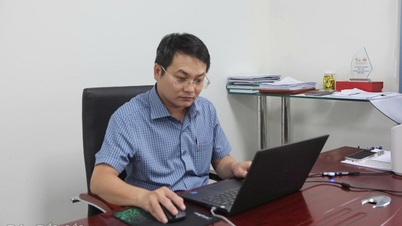






![[VIMC 40 days of lightning speed] Hai Phong Port determined to break through, reaching the target of 2 million TEUs by 2025](https://vphoto.vietnam.vn/thumb/402x226/vietnam/resource/IMAGE/2025/12/04/1764816441820_chp_4-12-25.jpeg)



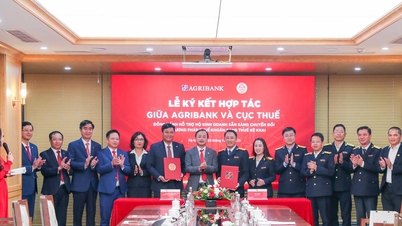









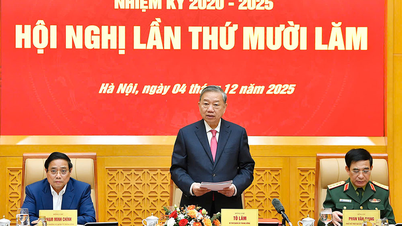



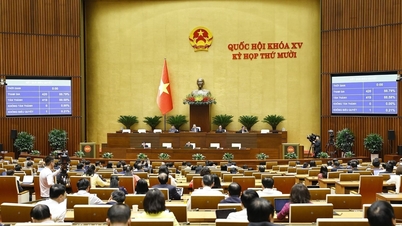
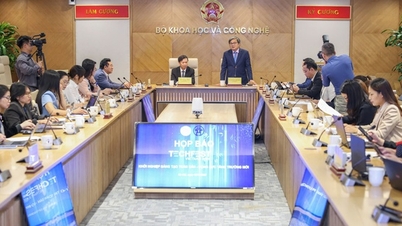

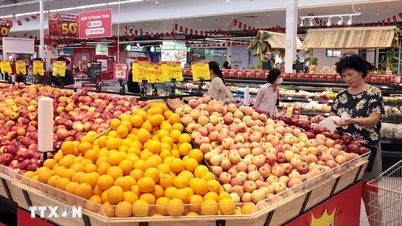
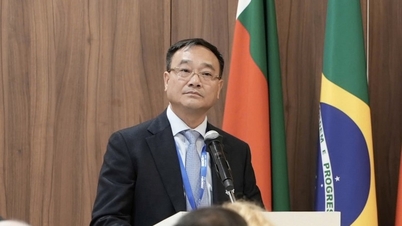

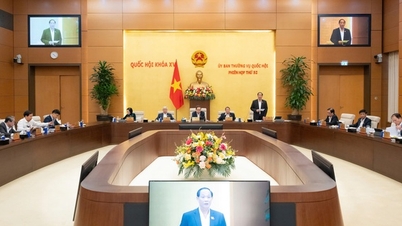

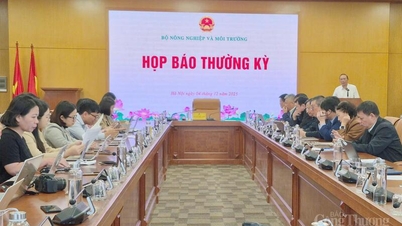
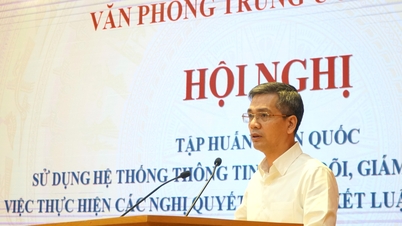


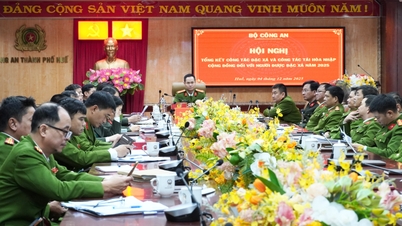

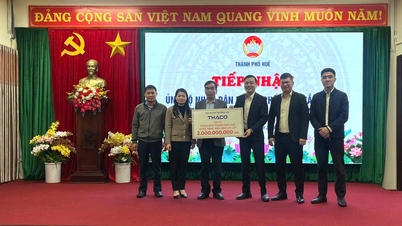

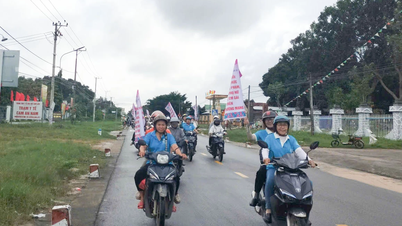

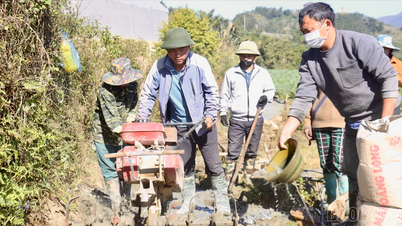

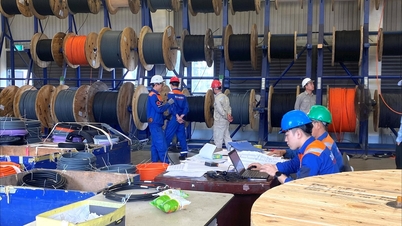












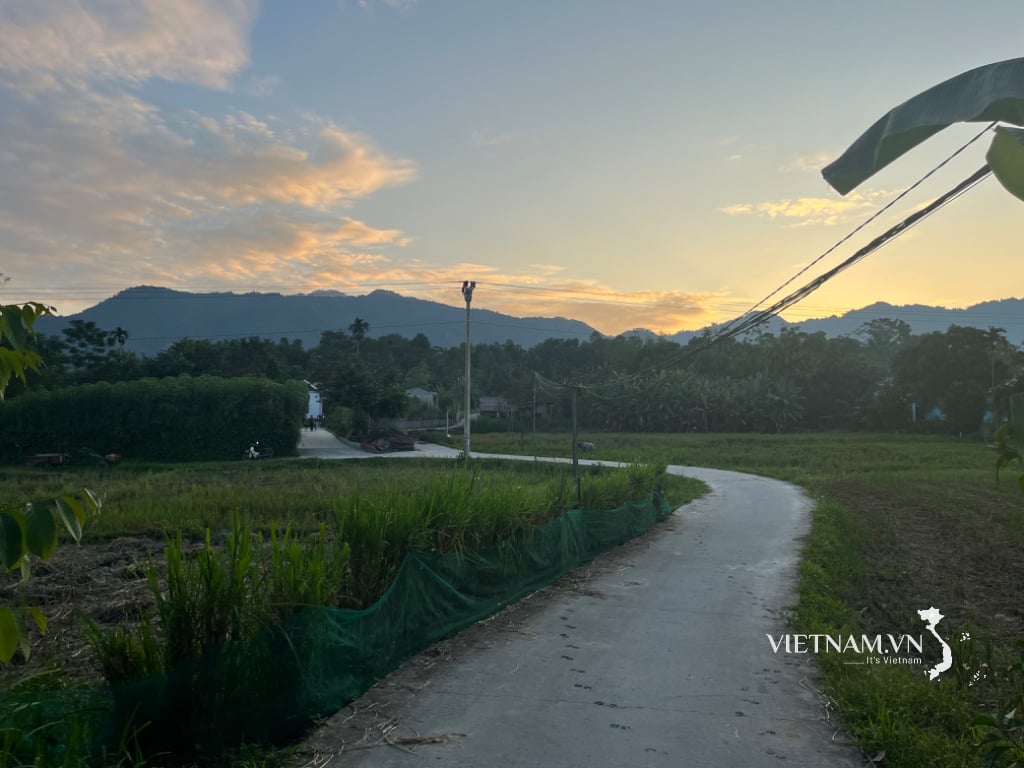

Comment (0)